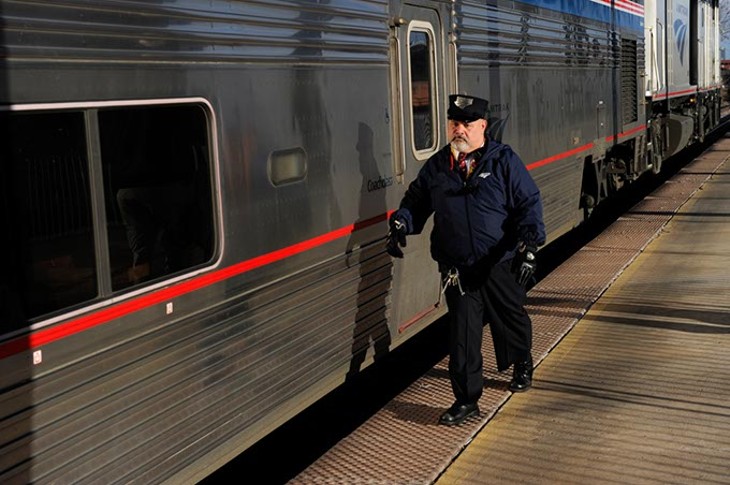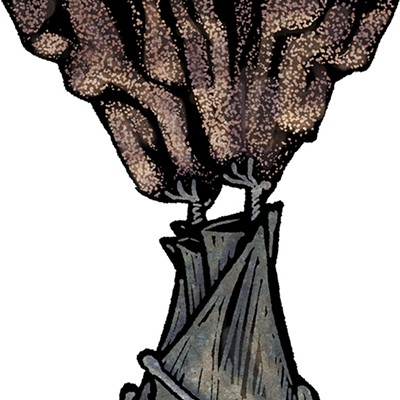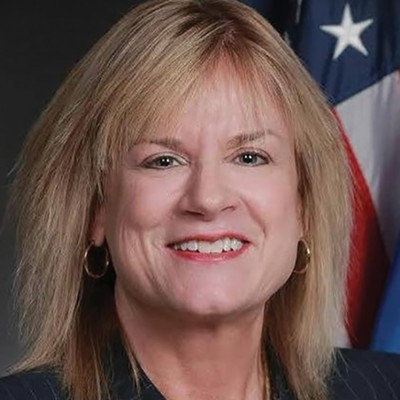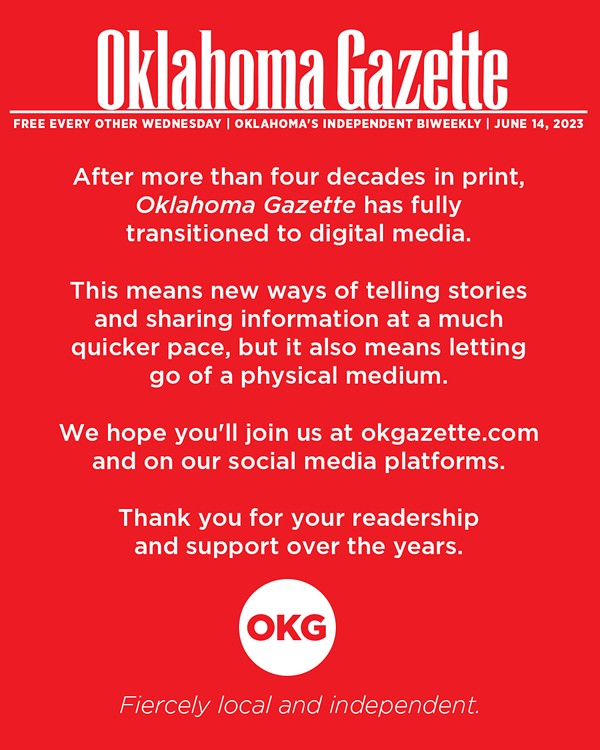A reduction of Amtrak service in Oklahoma is a real possibility as the state continues to negotiate a new contract with the passenger rail organization.
“I am concerned that we will see a reduction in service,” said Mike Patterson, executive director of the Oklahoma Department of Transportation.
Amtrak, which operates a daily train from Oklahoma City to Fort Worth, faces increased expenses, which is shared between Texas and Oklahoma. Oklahoma currently pays $2.85 million annually, but after the cost to operate Amtrak's Heartland Flyer increased to $6.4 million and Texas capped its contributions at $2.5 million, Oklahoma was left to cover the remaining $3.9 million, which it cannot afford to do.
“We can’t pay that much,” Patterson said. “And I don’t see an appetite from the state [Legislature] to increase funding for rail transit.”
Amtrak and Oklahoma are currently operating under a month-to-month contract, and ODOT officials hope Amtrak will reduce the cost, but that might only be possible with fewer train trips.
“[Amtrak] can no longer operate at a deficit,” said John Bowman, ODOT director of capital programs. “By Texas setting [its limit], it meant Amtrak is obligated to recover the remainder of that money from Oklahoma.”
Bowman said ODOT has worked with Amtrak to find cost reductions without decreasing service, such as removing one of two locomotives or decreasing the number of passenger cars during non-peak times. However, technical changes can only go so far.
“We’ve been going back and forth with [Amtrak] since July on working with those numbers, and we have had some success,” Bowman said. “But more needs to be done.”
Transportation officials in Texas have already explored the possibility of using buses to replace some rail service, an option ODOT said it hopes not to do.
“We have not had much discussion about that,” Patterson said about the use of buses. “I was approached in November from the leadership in TxDOT that they were looking at that type of arrangement. We are making every effort to come up with a solution, but it’s got to be Amtrak’s solution.”
Amtrak spokesperson Marc Magliari said it is not uncommon to use month-to-month contracts with states, but he would not speculate how long that will remain an option. When asked if he is optimistic a solution could be found given the large funding gap, Magliari said he did not know.
“We are not going to negotiate it in the Gazette,” Magliari said.
A potential reduction in service for the Heartland Flyer comes at a time when the state is preparing for new rail service between metro Tulsa and Oklahoma City with the Eastern Flyer. That new service, which is expected to launch this spring, will be operated by a private company. When asked if a private company could take over management of the Heartland Flyer, Patterson said that would be difficult.
“There’s been some discussion about bringing in another carrier,” Patterson said. “But my understanding is that the Burlington Northern or any of the Class 1 operators [along the Heartland flyer route] want to only let Amtrak run on their line because of the liability issues.”












